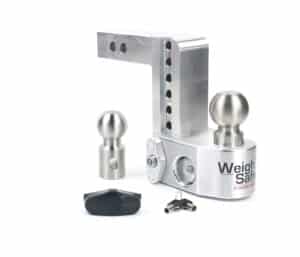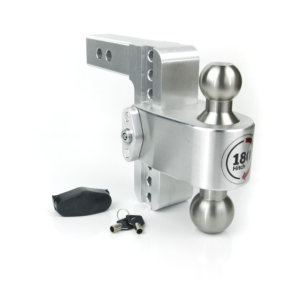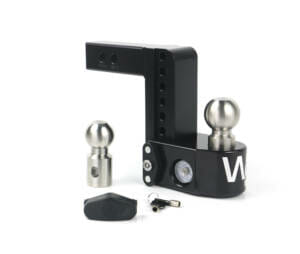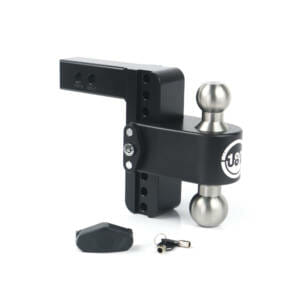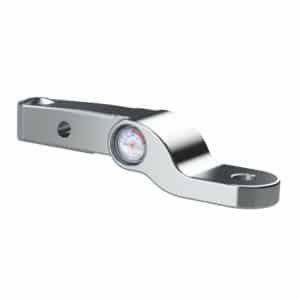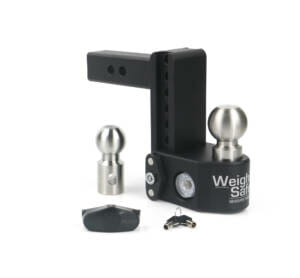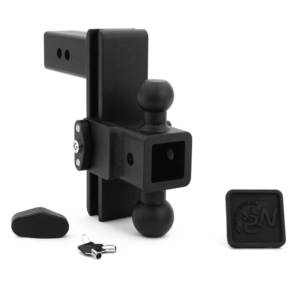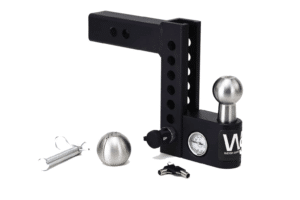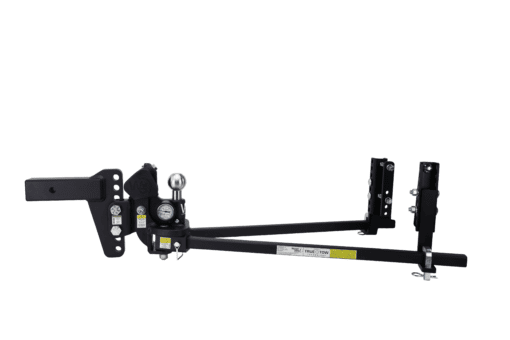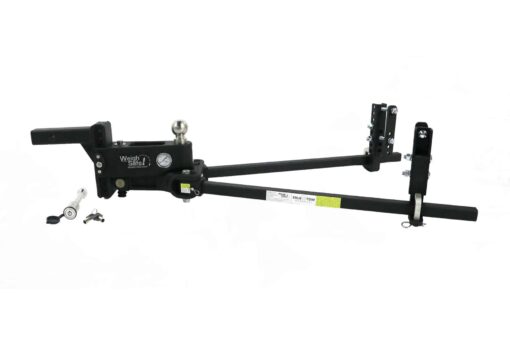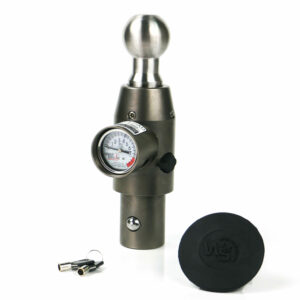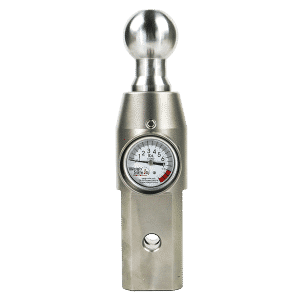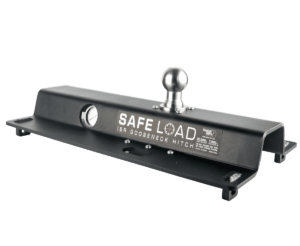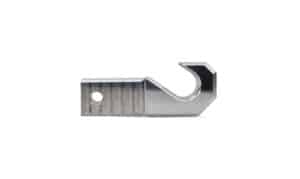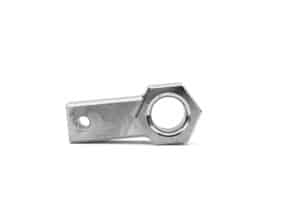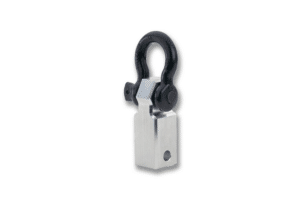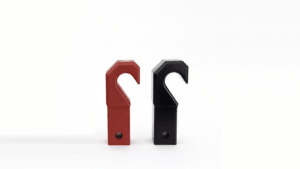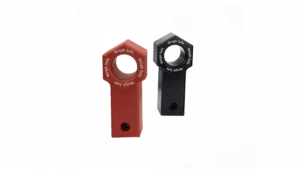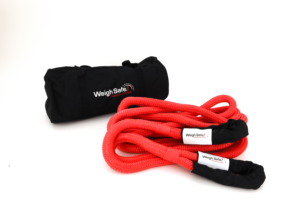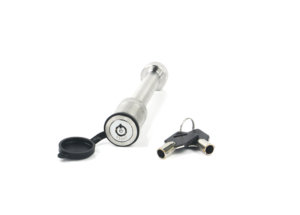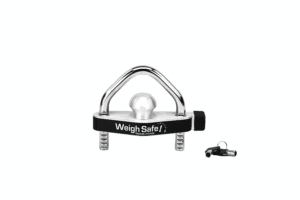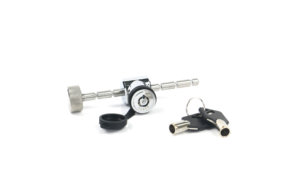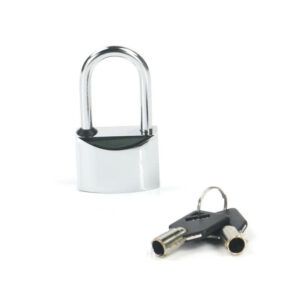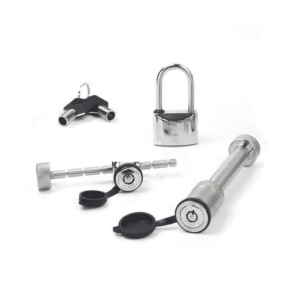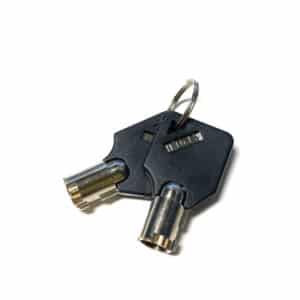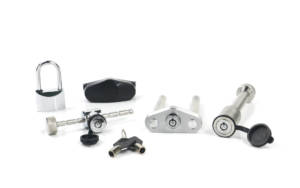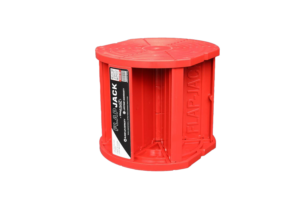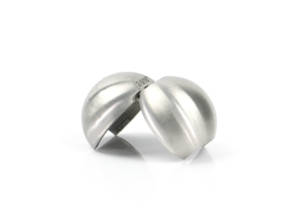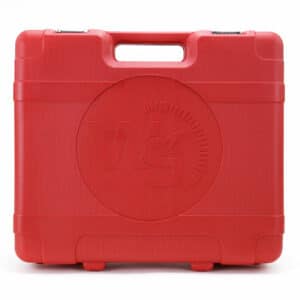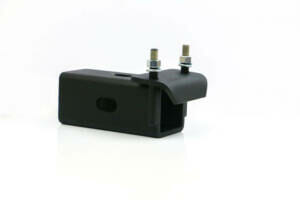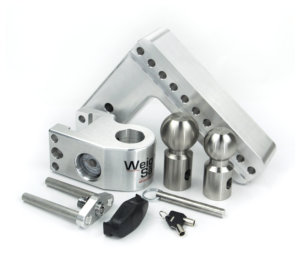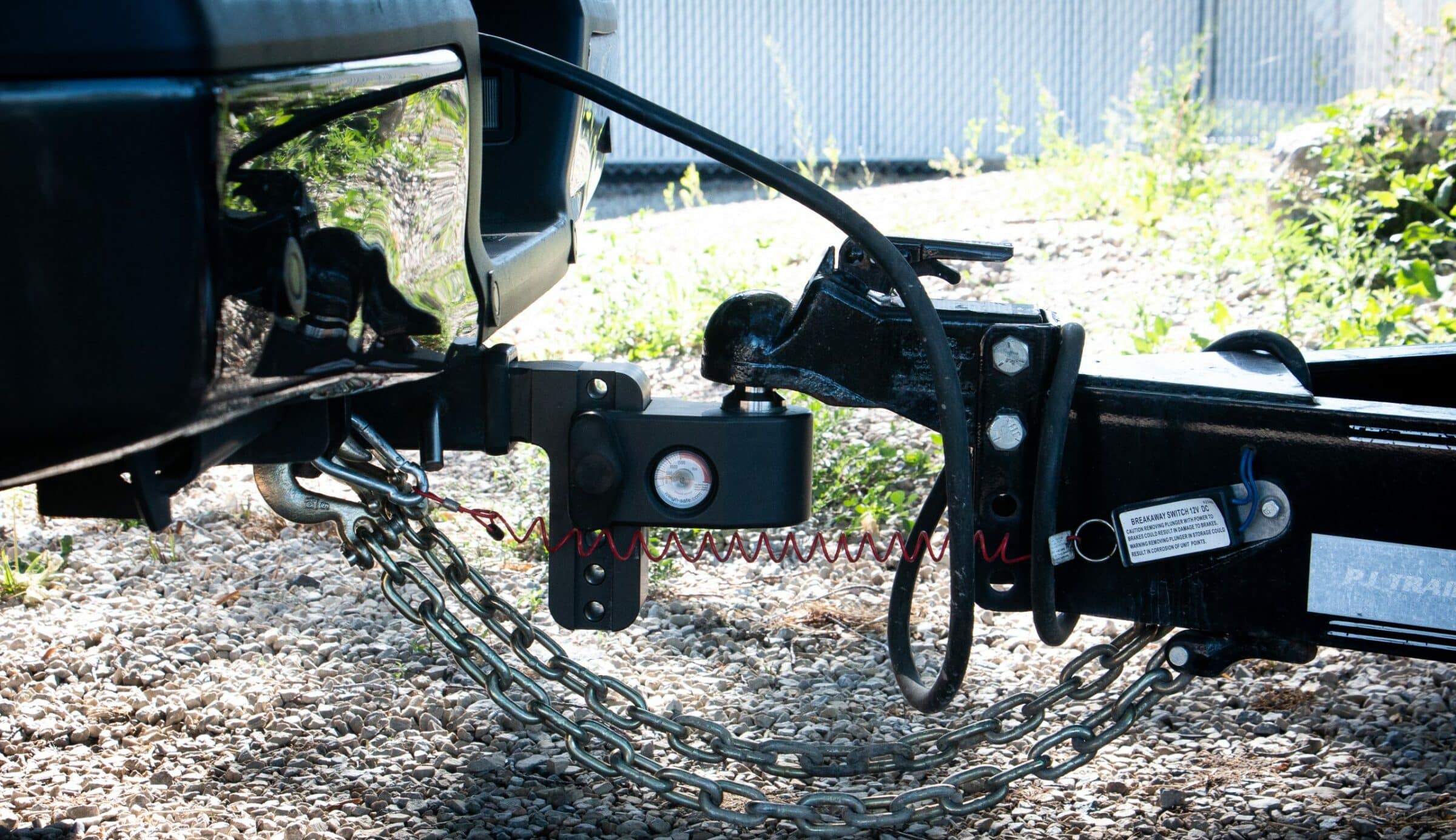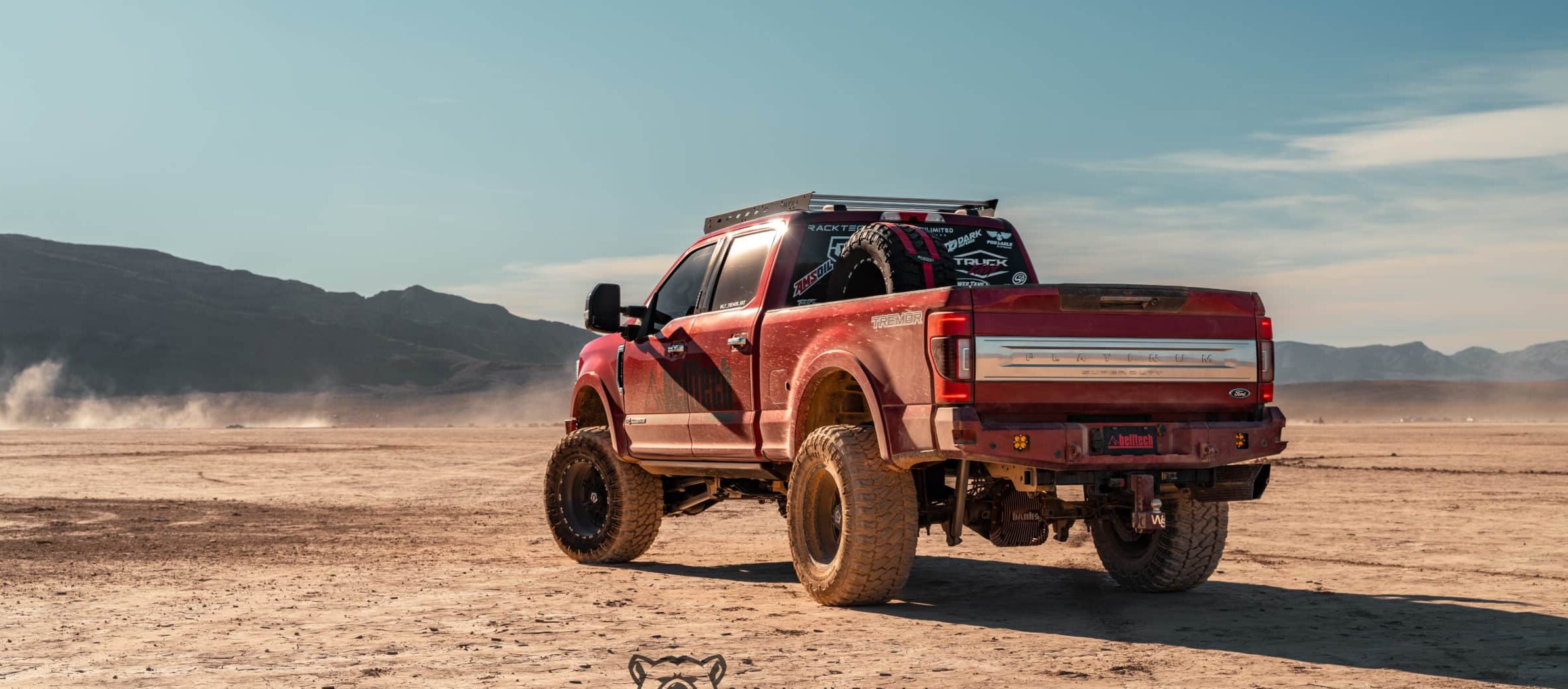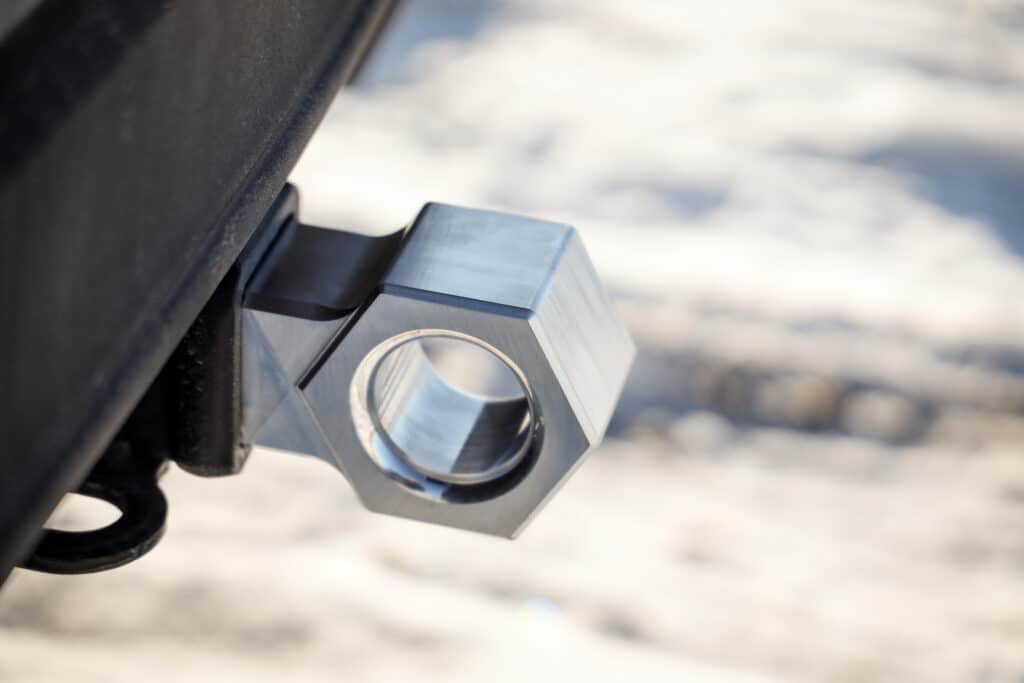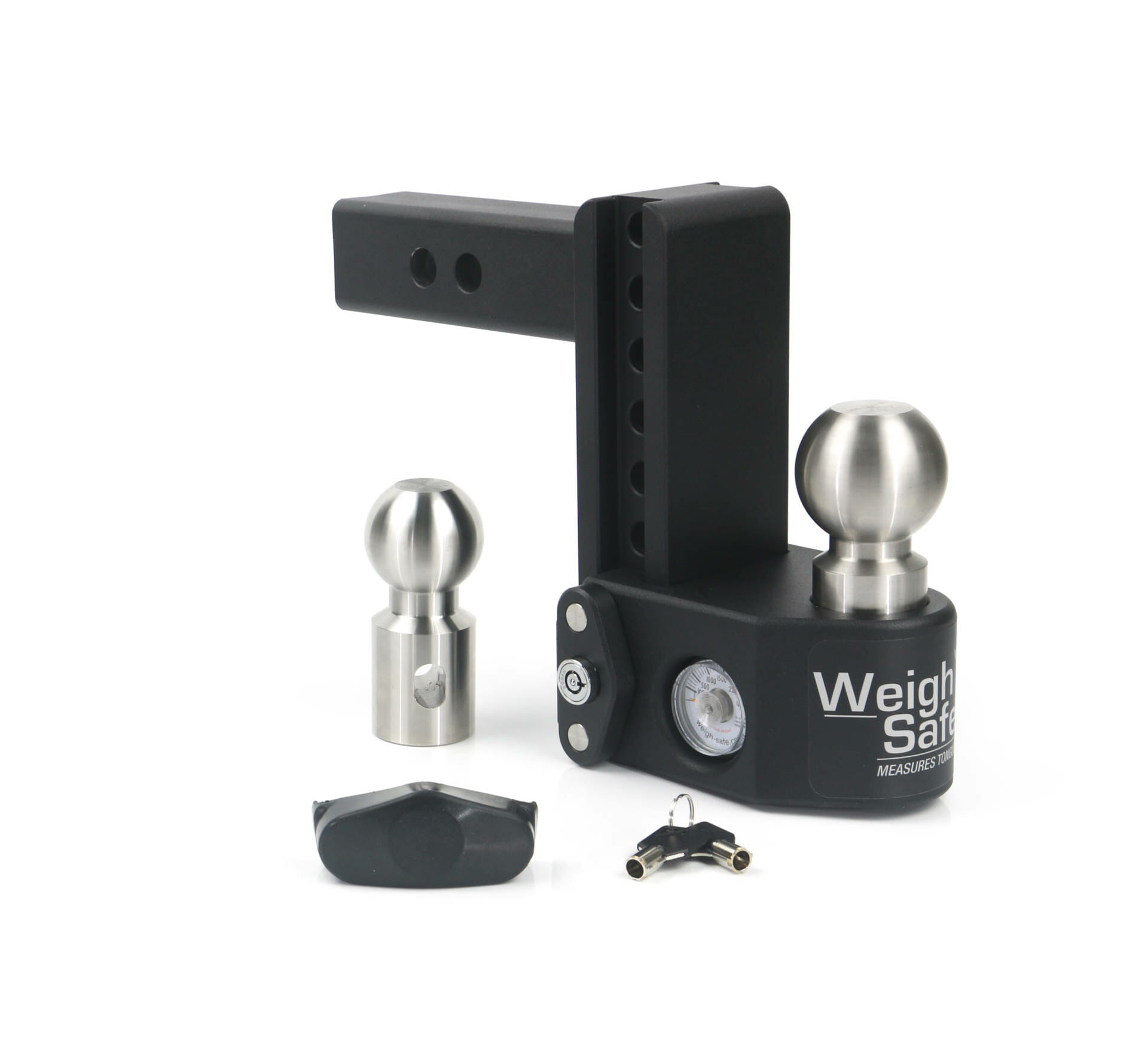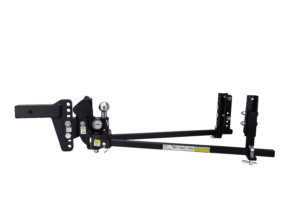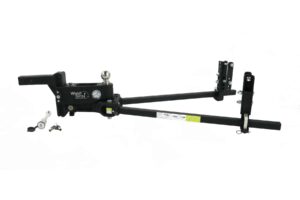Safety is the most important factor when it comes to towing. Not only does this include things like getting proper insurance for your trailer in the case of any kind of accident, but it also requires understanding the towing capabilities of your tow vehicle as well as the ball mount you need.
You might be wondering: What ball mount is appropriate for my trailer? How do I safely install a ball mount? Do I need a ball mount and hitch? In this article, we will discuss the basics of the ball mount.
What is a Ball mount?
A shank and a trailer ball platform make up a ball mount, which is a receiver hitch accessory. The platform offers a stable mounting surface for a trailer ball while the shank fits into the hitch receiver tube. This makes a ball mount one of the essential trailer hitch components.
Ball mounts are available in a range of designs and capacities. Some are fixed and composed of one piece. Others can be altered. Almost every ball mount has a hole in the shank that can accommodate a hitch pin or hitch lock.
When choosing a ball mount for your hitch, you must remember that there are more things to consider. The safety of your towing vehicle and trailer is more important than anything else, so it is also important that you consider getting trailer insurance for your vehicles. If you are interested in getting insurance for your trailer, ensure you compare quotes online for the best deals available.
How to choose the right ball mount for your trailer hitch
Two factors need to be considered when selecting the right ball mount to help secure towing connections and reduce risk to your trailer, tow vehicle, other drivers, and yourself. Ideally, you need to ensure the tow vehicle’s weight is greater than or equal to that of the trailer being towed. Also, there needs to be a level connection between the trailer and the towing vehicle. These factors can help you choose the trailer ball hitch size best suited for your trailer.
3 Additional factors to consider:
- Know the coupler height: Here, you gauge the separation between the ground and the coupler’s bottom. Ensure that your trailer is level before taking this measurement. You can take note of the measurement on paper.
- Hitch height: You should measure the distance between the ground and the top of your tow vehicle’s hitch receiver. This will narrow down your options for the ball mount height.
- Find the Difference: Measure the difference between the coupler’s height and hitch height
You should deduct the receiver height from the measurement for your trailer coupler. The difference can help you determine the height of the ball mount. Technically, you will require a ball mount with a rise if the coupler’s height is higher than the hitch height; otherwise, you will need a ball mount with a drop.
How to hook up a trailer with the ball mount
- Your tow vehicle should be in a parallel line with the attached trailer. When backing up to the coupler, a straight shot can make it much simpler than trying to zigzag your way into the ideal position. This is also where a backup camera is handy.
- When your vehicle is about a foot from the trailer tongue, halt and adjust the trailer coupler height. As you continue to back in your tow vehicle, be sure the coupler will pass the trailer ball. If it has been lifted excessively, lower it until it is only a few inches above the ball.
- Back up your tow vehicle the rest of the way to the coupler with caution. The trailer ball and coupler must be exactly aligned. During this step, you must go gently. Pull forward and give it another shot if everything doesn’t align the first time.
- Lower the coupler with the trailer jack until it rests on the ball while the emergency brake is on and the vehicle is in park. Raise the jack again and repeat the previous process if the coupler is out of alignment with the ball.
- Once the coupler is correctly positioned on the ball, connect the latch and lock it with a safety pin or coupler lock. To check the connection, next, slightly jack up the trailer tongue. If it detaches from the ball, chances are, it is not fastened with the coupler properly.
Takeaway
Safety during towing is a must. This often requires the right equipment to support the weight of the trailer you are towing and installing the ball mount properly. When selecting a ball mount for your trailer, you must consider the coupler weight, hitch height, and the distance between the coupler’s height and the hitch height. Considering all these factors will help to ensure a successful and safe set up for your towing adventures.
Check Out Our New Recovery Products at Weigh Safe
Our customers asked, we answered. Check out our newest products! The Shackle Ring, and Recovery Hook. Keeping you safe in your recovery endeavors.
Shop Recovery PRoducts Here